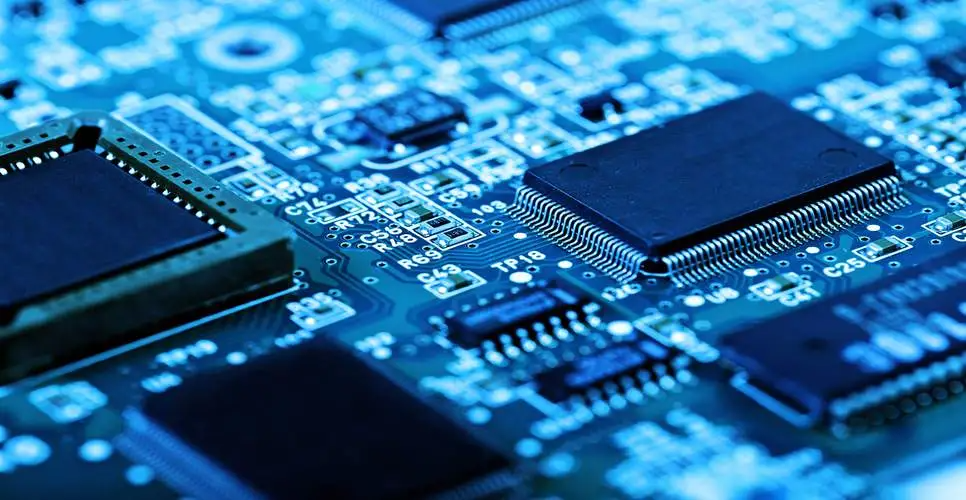The current techniques for semiconductor packaging are gradually improving, but the extent to which automated equipment and technologies are adopted in semiconductor packaging directly determines the realization of expected outcomes. The existing semiconductor packaging processes still suffer from lagging defects, and enterprise technicians have not fully utilized automated packaging equipment systems. Consequently, semiconductor packaging processes that lack support from automated control technologies will incur higher labor and time costs, making it difficult for technicians to strictly control the quality of semiconductor packaging.
One of the key areas to analyze is the impact of packaging processes on the reliability of low-k products. The integrity of the gold-aluminum bonding wire interface is affected by factors such as time and temperature, causing its reliability to decline over time and resulting in changes to its chemical phase, which can lead to delamination in the process . Therefore, it is crucial to pay attention to quality control at every stage of the process. Forming specialized teams for each task can help manage these issues meticulously. Understanding the root causes of common problems and developing targeted, reliable solutions is essential for maintaining overall process quality. Particularly, the initial conditions of the bonding wires, including the bonding pads and the underlying materials and structures, must be carefully analyzed. The bonding pad surface must be kept clean, and the selection and application of bonding wire materials, bonding tools, and bonding parameters must meet process requirements to the maximum extent. It is recommended to combine k copper process technology with fine-pitch bonding to ensure that the impact of gold-aluminum IMC on packaging reliability is significantly highlighted. For fine-pitch bonding wires, any deformation can affect the size of the bonding balls and restrict the IMC area. Therefore, strict quality control during the practical stage is necessary, with teams and personnel thoroughly exploring their specific tasks and responsibilities, following the process requirements and norms to solve more issues.
The comprehensive implementation of semiconductor packaging has a professional nature. Enterprise technicians must strictly follow the operational steps of semiconductor packaging to handle the components properly. However, some enterprise personnel do not use standardized techniques to complete the semiconductor packaging process and even neglect to verify the specifications and models of semiconductor components. As a result, some semiconductor components are incorrectly packaged, preventing the semiconductor from performing its basic functions and affecting the enterprise’s economic benefits.
Overall, the technical level of semiconductor packaging still needs to improve systematically. Technicians in semiconductor manufacturing enterprises should properly use automated packaging equipment systems to ensure the correct assembly of all semiconductor components. Quality inspectors should conduct comprehensive and strict reviews to accurately identify incorrectly packaged semiconductor devices and promptly urge technicians to make effective corrections.
Furthermore, in the context of wire bonding process quality control, the interaction between the metal layer and the ILD layer in the wire bonding area can lead to delamination, especially when the wire bonding pad and the underlying metal/ILD layer deform into a cup shape. This is mainly due to the pressure and ultrasonic energy applied by the wire bonding machine, which gradually reduces the ultrasonic energy and transmits it to the wire bonding area, hindering the mutual diffusion of gold and aluminum atoms . In the initial stage, evaluations of low-k chip wire bonding reveal that bonding process parameters are highly sensitive. If the bonding parameters are set too low, issues like wire breaks and weak bonds may arise. Increasing the ultrasonic energy to compensate for this can result in energy loss and exacerbate cup-shaped deformation. Additionally, the weak adhesion between the ILD layer and the metal layer, along with the brittleness of low-k materials, are primary reasons for the delamination of the metal layer from the ILD layer. These factors are among the main challenges in current semiconductor packaging process quality control and innovation.
Post time: May-22-2024

